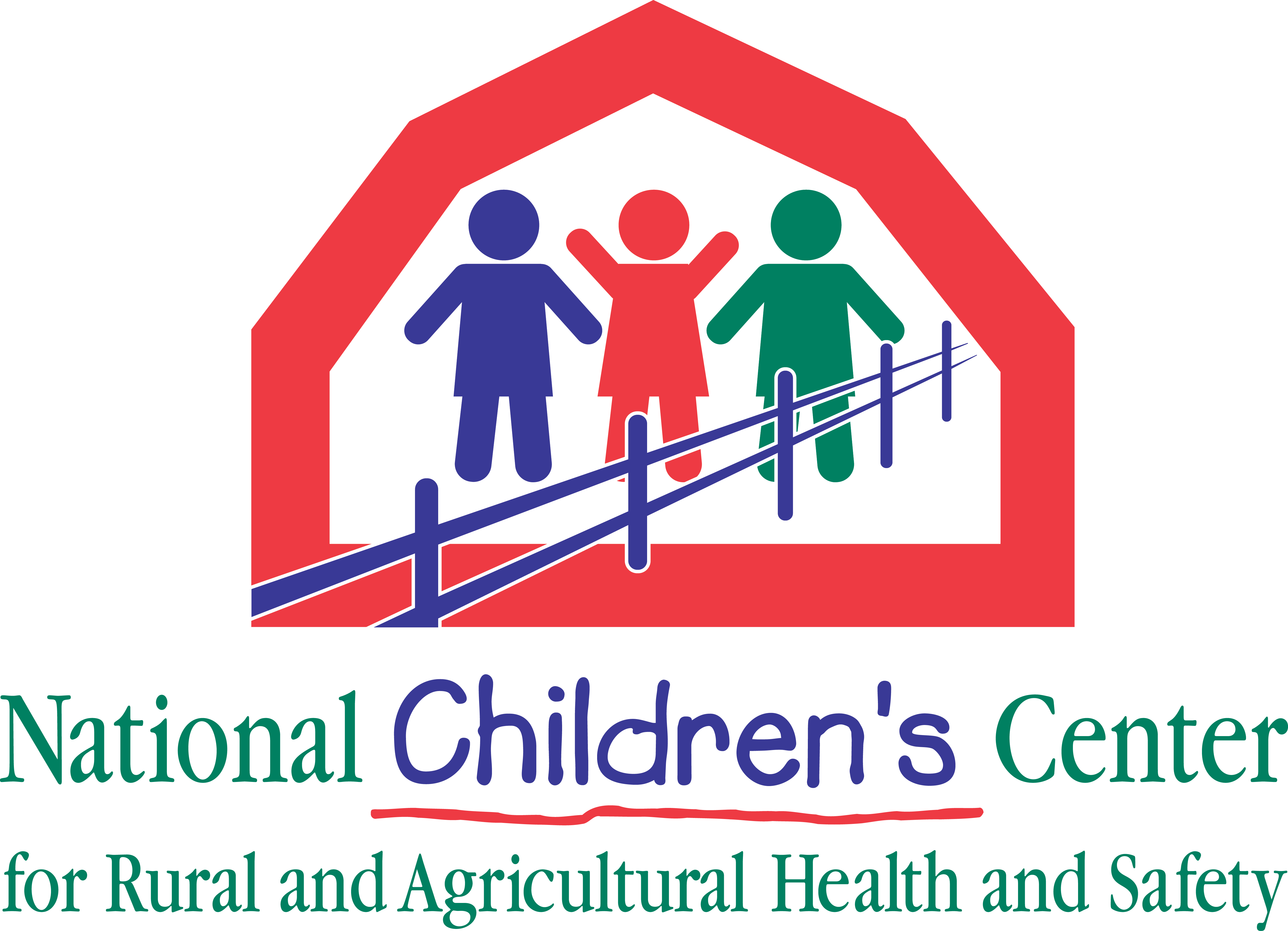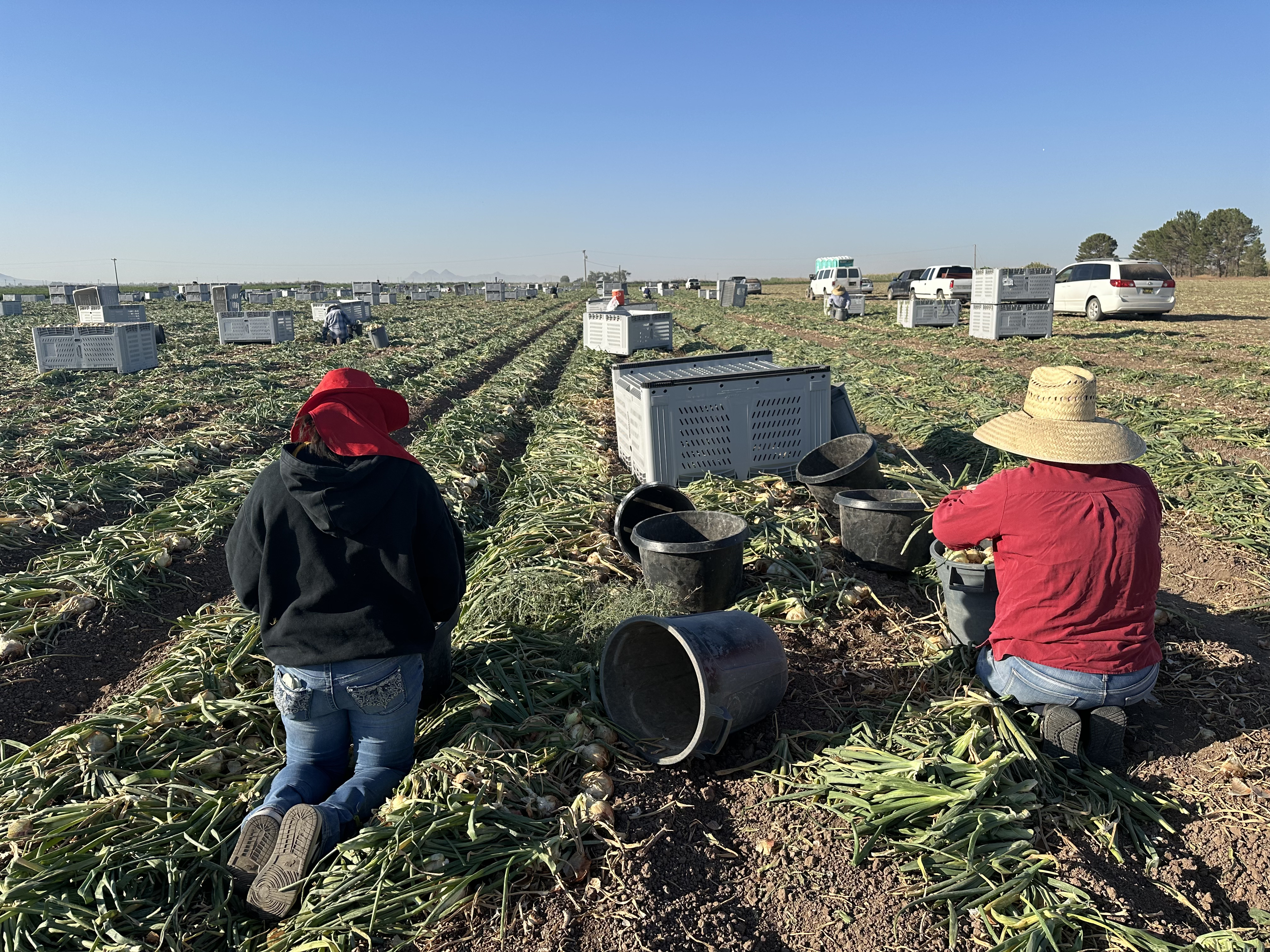 FOR IMMEDIATE RELEASE
FOR IMMEDIATE RELEASE
Sept. 8, 2025
CONTACT:
Scott Heiberger
Heiberger.scott@marshfieldresearch.org
715-207-1604
Melissa Ploeckelman Brown
Ploeckelman.melissa@marshfieldresearch.org
715-240-0900
Safeguarding the future of agriculture: National Action Plan offers framework for childhood safety, health
There are benefits to growing up on farms and ranches, among them a strengthened immune system, good work ethic and respect for the land. We also know that youth working in agriculture are seven times more likely to die on the job than their non-agriculture counterparts. The best available data suggest that about 33 children are seriously injured daily and one child dies about every three days in U.S. agriculture. Nearly two-thirds of agricultural injuries are young, non-working children who are bystanders in a dangerous worksite.
Safeguarding Children in Agriculture: An Updated National Action Plan offers a framework of goals and strategies for protecting the health and safety of hundreds of thousands of children living, working and visiting on the nation’s 1.9 million agricultural operations, while keeping them involved in agriculture.
“The ultimate goal is to ensure safe participation of youth in agriculture,” said Andrea Swenson, Ph.D., director of the National Children’s Center for Rural and Agricultural Health and Safety, which published the document. “The plan emphasizes local input and strong partnerships in addressing the complexities of childhood agricultural injuries. This approach can help ensure that solutions are comprehensive, evidence-based and tailored to the diverse needs of the nation's ag communities.”
Swenson, who grew up on a dairy farm, said that farm organizations, safety practitioners, researchers, policy makers, funding agencies, corporate sponsors and other safety advocates are encouraged to set their own priorities consistent with the goals and strategies proposed in the plan.
The 2025 National Action Plan is an update of plans published by the National Children’s Center in 1996, 2001 and 2012.
“Agriculture continues to change and evolve, so we incorporated several new topics such as automated production practices, new technologies, environmental exposures, extreme weather and changing workforce of farm owners and workers, along with organizational and public policies,” Swenson said.
While many changes have occurred since release of the last National Action Plan, several problems persist. One of the most serious issues is that tractors remain the most common source of youth deaths on farms. In addition, the number of trauma cases involving skid steers, all-terrain vehicles and utility task vehicles is increasing.
The plan was updated by a core project team that included Swenson; Bryan Weichelt, Ph.D., research scientist, National Farm Medicine Center; Amy K. Liebman, M.A., M.P.A., director of Environmental and Occupational Health Programs, Migrant Clinicians Network; Dennis Murphy, Ph.D., distinguished professor emeritus, Penn State University; and Barbara Lee, Ph.D., emeritus researcher, Marshfield Clinic Research Institute and long-time director of the National Children’s Center. They worked with 20 reviewers and contributors, employing a consensus-building approach featuring a series of in-person and virtual “think tank” and “listening” sessions with child safety advocates, youth serving organization representatives, migrant farmworkers, researchers, educators and representatives of other farm or youth-related organizations. Participants identified successes, gaps and questions related to the following seven theme areas:
Leadership: Strengthen and support national-level initiatives to improve the health and safety of children and young workers in agricultural environments.
Injury, Disease, And Exposure Data: Develop and implement state, regional, and nationally valid systems to collect, analyze, and disseminate fatal and nonfatal injury and disease data on youth in agricultural settings to guide research, policy, and interventions.
Public Policy: Identify and promote public policy strategies that provide safeguards for all children and young workers in agricultural environments.
Organizational Policy: Facilitate and promote agribusiness and farm/ranch organization strategies that safeguard all children and young workers in agricultural environments.
Research: Guide optimal childhood agricultural health and safety initiatives at local, state, regional, and national levels.
Dissemination and Implementation: Increase adoption of evidence-informed childhood agricultural health and safety strategies at local, state, regional, and national levels through effective communication, dissemination, and implementation.
Emerging Threats: Monitor, identify, and address new and emerging threats to the well-being of youth living, working, and visiting in agricultural environments
The National Children’s Center has been funded since 1997 by the National Institute for Occupational Safety and Health (NIOSH) to lead childhood agricultural injury prevention efforts in this country. The center is part of the National Farm Medicine Center and Marshfield Clinic Research Institute, Marshfield, Wis.
###
Display in Latest News: Yes


